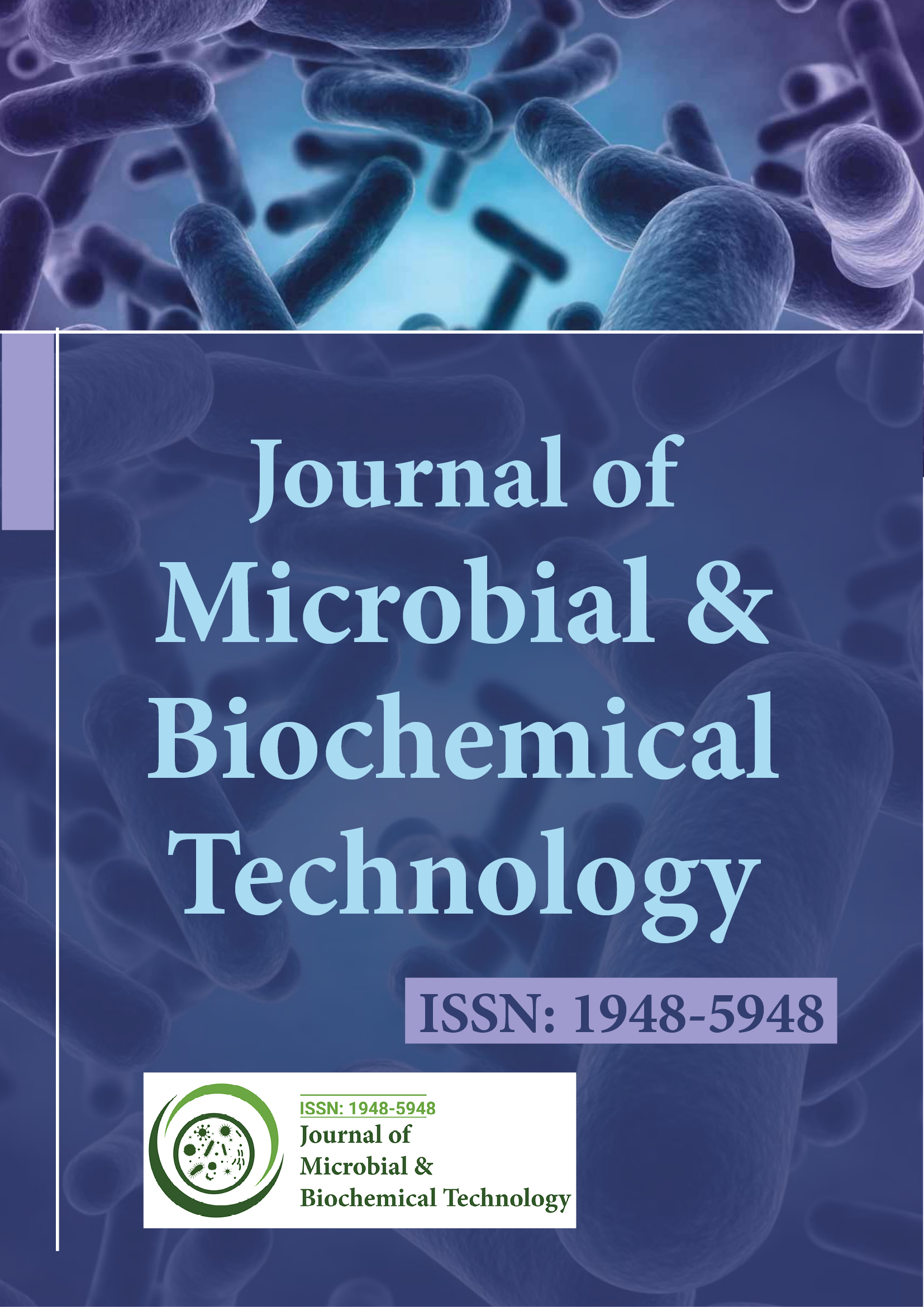インデックス付き
- 学術雑誌データベース
- Genamics JournalSeek
- アカデミックキー
- ジャーナル目次
- 中国国家知識基盤 (CNKI)
- シマゴ
- Global Online Research in Agriculture (AGORA) へのアクセス
- 電子ジャーナルライブラリ
- レフシーク
- 研究ジャーナル索引作成ディレクトリ (DRJI)
- ハムダード大学
- エブスコ アリゾナ州
- OCLC-WorldCat
- SWBオンラインカタログ
- 仮想生物学図書館 (vifabio)
- パブロン
- ミアル
- 大学補助金委員会
- ジュネーブ医学教育研究財団
- ユーロパブ
- Google スカラー
このページをシェアする
ジャーナルチラシ

概要
細胞の生理病理学的状態を測定するための診断ツールとしてのポリ(ADP-リボース)ポリメラーゼと膜脂質組成の自己修飾
アンナ・リタ・ビアンキ、シモナ・ルッジェーロ、チェーザレ・フォルミサーノ、ジュゼッペ・ガッローロ、アンナ・デ・マイオ、カルラ・フェレーリ、マリア・ロザリア・ファラオーネ・メネラ
ポリ(ADP-リボース)ポリメラーゼによって触媒されるポリ(ADP-リボシル)化は、多くの細胞イベントに影響を及ぼし、エピジェネティックな役割が認められています。核ポリ(ADP-リボース)ポリメラーゼ 1 および 2 は、DNA 鎖切断によって過剰に活性化されます。これらは、ADP-リボースの大きなポリマーで自己修飾し、DNA 修復タンパク質をリクルートします。DNA 鎖切断が増えるほど、ポリ(ADP-リボース)ポリメラーゼは自己修飾します。一方、食事中の脂質はシグナル分子となり、プロ (ω6)/ 抗 (ω3) 炎症性化合物を生成し、生体膜に含まれることがあり、その不均衡の優れたバイオマーカーとなります。ここでは、2 つの異なる分析の組み合わせ、すなわち自己修飾ポリ (ADP-リボース) ポリメラーゼレベルの検出と赤血球膜脂肪酸組成の分析が、細胞の生理病理学的状態のモニタリング、およびライフスタイル、食事または疾患との相関に役立つかどうかを立証するための疫学研究から得られた結果を報告します。内視鏡検査を受ける 70 人の被験者に対して 2 つの分析を盲検法で実施しました。最初に面接を行い、既往歴と臨床データがあれば収集しました。静脈血からリンパ球と赤血球を調製し、それぞれポリ (ADP-リボース) ポリメラーゼの自己修飾と膜脂肪酸含有量を測定しました。結果は統計的に評価されました。ポリ (ADP-リボース) ポリメラーゼの自己修飾の測定により、そのレベルは同じ病状内で DNA 損傷の程度と相関し、進行中の治療/外科的処置に応じて疾患の臨床活動をモニタリングできることが確認されました。膜脂肪プロファイルは、食事やライフスタイル、および病気につながる炎症状態の両方に関連する脂質の不均衡を証明することができました。両方の分析は、賢明で非侵襲的な日常的なモニタリングのためのバイオマーカーの可能性を提供します。